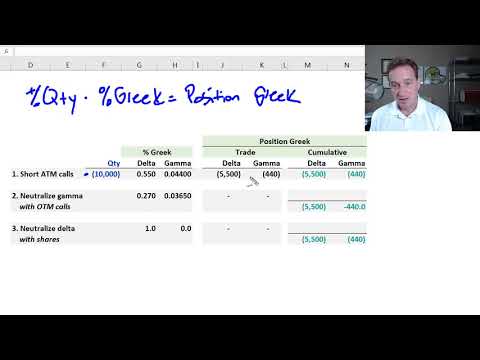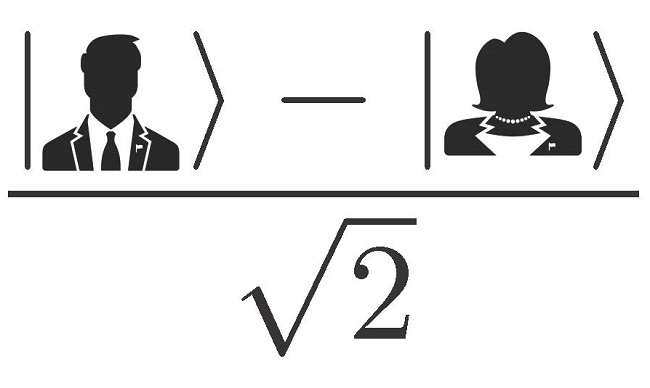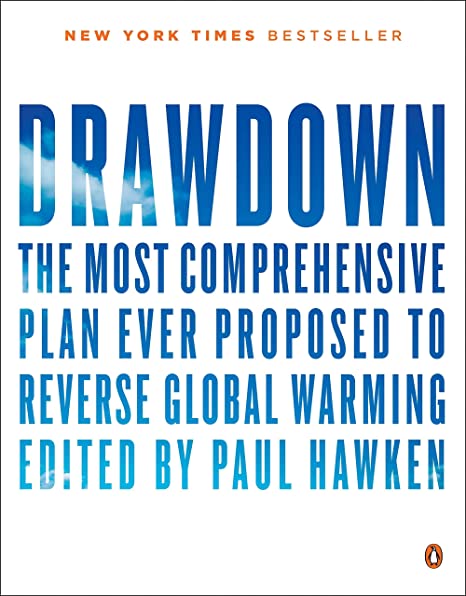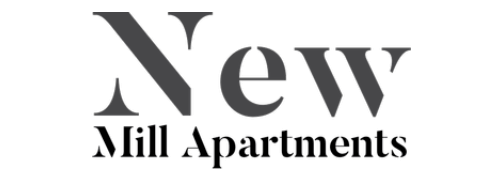
Suppose product X is manufactured by a large number of sellers in the market. If a person wants to buy the product X, he could choose among different firms for the purchase. Let’s say, firm A increased the price of product X, above market equilibrium.

If you really want an Apple iPad, then a Kindle Fire won’t do. Addicts are not dissuaded by higher prices, and only HP ink will work in HP printers (unless you disable HP cartridge protection). Price Elasticity of demand refers to the relationship between price and demand, and how demand reacts when prices change.
B2B Pricing Models & Strategies [+ Pros and Cons of Each]
You must figure out if your customers’ revenue dried up (B2B) or consumer income was halved (B2C); what about your offering makes it the last thing they cut out of their lives? This is the income elasticity of demand and can be highly elastic or inelastic. In this example, the numbers mentioned are the same, and the change is the exact same. The only difference is that the direction of the changes is different, causing different price elasticities of demand. To solve this, the formula that we use above employs the midpoint method for elasticity.
- The old fine of 400 shekels (this was equal at that time to $122 in the United States) was increased to 1,000 shekels ($305).
- As a result, the demand for the goods falls from 1000 units to 900 units.
- It’s calculated by dividing the percentage change in quantity supplied by the percentage change in price.
- Price elasticity of demand is a measurement of how demand for a good will be affected by changes in its price.
However, the rise in demand QQ1 is less than the fall in price PP1. Let us understand perfectly inelastic demand with the help of an example. Therefore, in such a case, the demand for bread is perfectly elastic.
Duration of Price Change
It helps determine the nature of the relationship between two goods. It can also be defined as a percentage change in quantity demanded of good ‘x’ as a result of a one percent increase in the price of good ‘y’. In our first example, an increase in price increased total revenue. Is there a way to predict how a price change will affect total revenue?

Demand is elastic if a small percentage change in price brings about a more than proportional change in the quantity of a commodity demanded. Demand is elastic when a change in the quantity of goods demanded. E.g. 15% fall in price leads to a 40% rise in quantity demanded. A 20 % increase in price brings about a more than 20% decrease in the quantity demanded. Unit elastic demand occurs when changes in price cause an equally proportional change in quantity demanded.
Total revenue will move in the direction of the variable that changes by the larger percentage. If the variables move by the same percentage, total revenue stays the same. If quantity demanded changes by a larger percentage than price (i.e., if demand is price elastic), total revenue will change in the direction of the quantity change. If price changes by a larger percentage than quantity demanded (i.e., if demand is price inelastic), total revenue will move in the direction of the price change.
What is Price Elasticity of Demand?
This is because coffee and tea are considered good substitutes for each other. There are other factors at play such as quality and availability of
substitute goods. So although a good may become 10 percent cheaper, many will still prefer product X because it is their favorite. Demand will not necessarily fall by 10% because many consumers will still prefer it to Pepsi and are willing to pay the extra price. 1Notice that since the number of units sold of a good is the same as the number of units bought, the definition for total revenue could also be used to define total spending.
With a downward-sloping demand curve, price and quantity demanded move in opposite directions, so the price elasticity of demand is always negative. A positive percentage change in price implies a negative percentage change in quantity demanded, and vice versa. Sometimes you will see the absolute value of the price elasticity measure reported. In essence, the minus sign is ignored because it is expected that there will be a negative (inverse) relationship between quantity demanded and price. Figure 5.5 “Demand Curves with Constant Price Elasticities” shows four demand curves over which price elasticity of demand is the same at all points.
Airbnb (ABNB) Q2 2023 Earnings Call Transcript – The Motley Fool
Airbnb (ABNB) Q2 2023 Earnings Call Transcript.
Posted: Fri, 04 Aug 2023 04:30:23 GMT [source]
For example, there are hundreds of types of chocolates and chocolate bars. Any price differentiation beyond the norm can lead to consumers choosing an alternative. The elasticity is sometimes estimated using the logarithmic form in the regression approach.
1 The Price Elasticity of Demand
This is because customers do not care too much about the price. According to the law of demand, price and quantity have a negative relationship. With a rise in price, the quantity demanded of a commodity falls. If a good has no close substitutes, its demand is likely to be somewhat less price elastic.

As you saw earlier, price elasticity of demand ranges from more than 1 at high prices and less than 1 at low prices. Measured elasticities decreases as one moves down the demand curve from left to right. Cross price elasticity allows businesses to price their products or services competitively, plan for risks, and map their market. If your product or service has no real competitor, you don’t need to consider cross price elasticity because there is no substitute for your offering. However, if a complementary product or service sees a market fluctuation, you might need to prepare for cross price elasticity. If supply is elastic, a company might have a surplus of available staff to increase supply.
This measure of elasticity, which is based on percentage changes relative to the average value of each variable between two points, is called arc elasticity. The arc elasticity method has the advantage that it yields the same elasticity whether we go from point A to point B or from point B to point A. The latter is when price changes do not significantly impact the demand. Often, necessities are inelastic while common goods and services are elastic.
The New York Fed President Sees Interest Rates Coming Down … – The New York Times
The New York Fed President Sees Interest Rates Coming Down ….
Posted: Mon, 07 Aug 2023 09:00:21 GMT [source]
Economists deal with various types of elasticity such as price or income elasticities of demand. In many cases, it is preferred to estimate the elasticity of variables instead of absolute changes. This is because elasticity is not affected by units of measurement.
Perfectly elastic demand
Demand response to price fluctuations is different for a one-day sale than for a price change that lasts for a season or a year. That is to say that there is 5 types of price elasticity of demand not a direct relationship between price and demand. When there are many other products available, a higher price for one makes the others more appealing.
- In the above calculation, a change in demand shows a negative sign, which is ignored.
- A 35% change in price brings about a less than 35% decrease in quantity demanded.
- If a price change for a product doesn’t lead to much, if any, change in its supply or demand, it is considered inelastic.
- Elastic demand means the demand changes in a large variation in response to a comparatively small variation in a price change.
Saying that the price elasticity of demand is infinite requires that we say the denominator “approaches” zero. In real life, there are no perfectly inelastic products since it would mean that companies can price these at any amount and consumers would still need to buy them. It means that even if the oil prices increase, the demand will not be significantly impacted as people still need fuel to travel for work and other purposes. One of the important aspects of price optimization is determining its elasticity.
For example, the price of a particular brand of cold drink increases from Rs. 15 to Rs. 20. In such a case, consumers may switch to another brand of cold drink. Therefore, a small change in price produces a larger change in demand of the product. Price elasticity of demand can be calculated by dividing the percent change in demand by the percent change in price. In 1998, 2,000 people in the United States died as a result of drivers running red lights at intersections. In an effort to reduce the number of drivers who make such choices, many areas have installed cameras at intersections.

